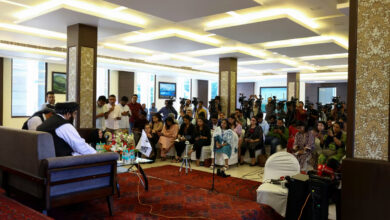A human rights report criticized the deteriorating conditions of Egyptian women, stressing that education, social factors, the legal system, media and confusion between customs and traditions and religious teachings were the main contributing reasons behind this deterioration.
The report, issued by the Land Center for Human Rights and entitled "The situation of the Egyptian woman and the gap between reality and denied rights," said that the combination of different factors underlies the tragic situation of women in Egypt. Nevertheless, the report conceded that efforts were being made to improve women's conditions and that some improvement has been made.
The report pointed out that the conditions faced by rural women varied according to the province they live in, as a result of the government’s uneven efforts at modernization and development. According to the report, women living in urban governorates such as Cairo, Port Said, and Suez enjoy the highest living conditions. According to the report, they are followed by women living in the Nile Delta region while women in rural Upper Egypt are the most deprived.
The report also revealed that the literacy rate in 2002 was 69 percent for males and 57 percent for females and that primary education encompassed 100 percent of primary school aged children in three urban governorates as well as in the Delta and Bedouin regions, whereas only 93.2 percent of primary school aged children received primary education in Upper Egypt.
The report indicated that those concerned with development planning must bear in mind that the problems of rural women are complex and often lead to subsidiary problems. For example, the deteriorating social conditions of rural women, such as illiteracy and poverty, lead to other problems such as low marital age, which in turn leads to higher birth rates and larger family size. The increased burden of supporting such a large family has a negative impact on the physical and psychological health of these women.
The report attributed the high illiteracy rate in women to early marriage, failure to send girls to school, and failure to remain in school, among other causes.
Translated from the Arabic Edition.




